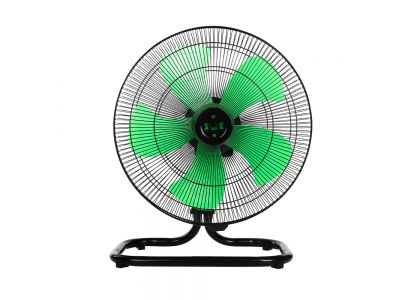
Another way to describe electric table fans is as circulating fans. Not only does an electric fan blow air in the direction in which it is facing, it also circulates the air in the room. According to the U.S. Department of Energy's EnergySavers website, these appliances can complement the existing air conditioning and natural ventilation present in your home or office, creating a more comfortable environment. Electric table fans are simple yet effective cooling appliances. If yours is not working correctly, try some easy troubleshooting before spending money to replace the fan.
1. Check the control dial to make sure it has not accidentally been turned off. A person can bump and jolt the fan with his hand or arm, and the force can turn the unit off.
2. Press against the electric fan's plug so it securely rests in the power outlet in the wall. Gravity can cause the plug to slowly slide out of the outlet because of the weight of the cord pulling downward. In the case of a power strip or surge protector, the constant plugging and unplugging of other electrical appliances can dislodge the fan's plug.
3. Pull up on and fully extend the knob that controls fan oscillation if the knob appears to be stuck. Press back down on the knob, firmly but carefully, to activate oscillation. Sometimes this knob becomes stuck midway, preventing the motor housing from oscillating. Unlike pressing a button or turning a dial, you literally are yanking and thrusting this knob in and out of the motor housing. Manufacturers design the knob for durability, but it can wear out and stick from overuse.
4. Vacuum built-up dust and dirt away from the internal motor assembly. Most electric fans have motor housings that include a grill, allowing for the circulation of fresh, cooler air around the motor. Place the suction end of the vacuum cleaner's hose on the face of this grill to pull dust away from the motor and out of the housing.